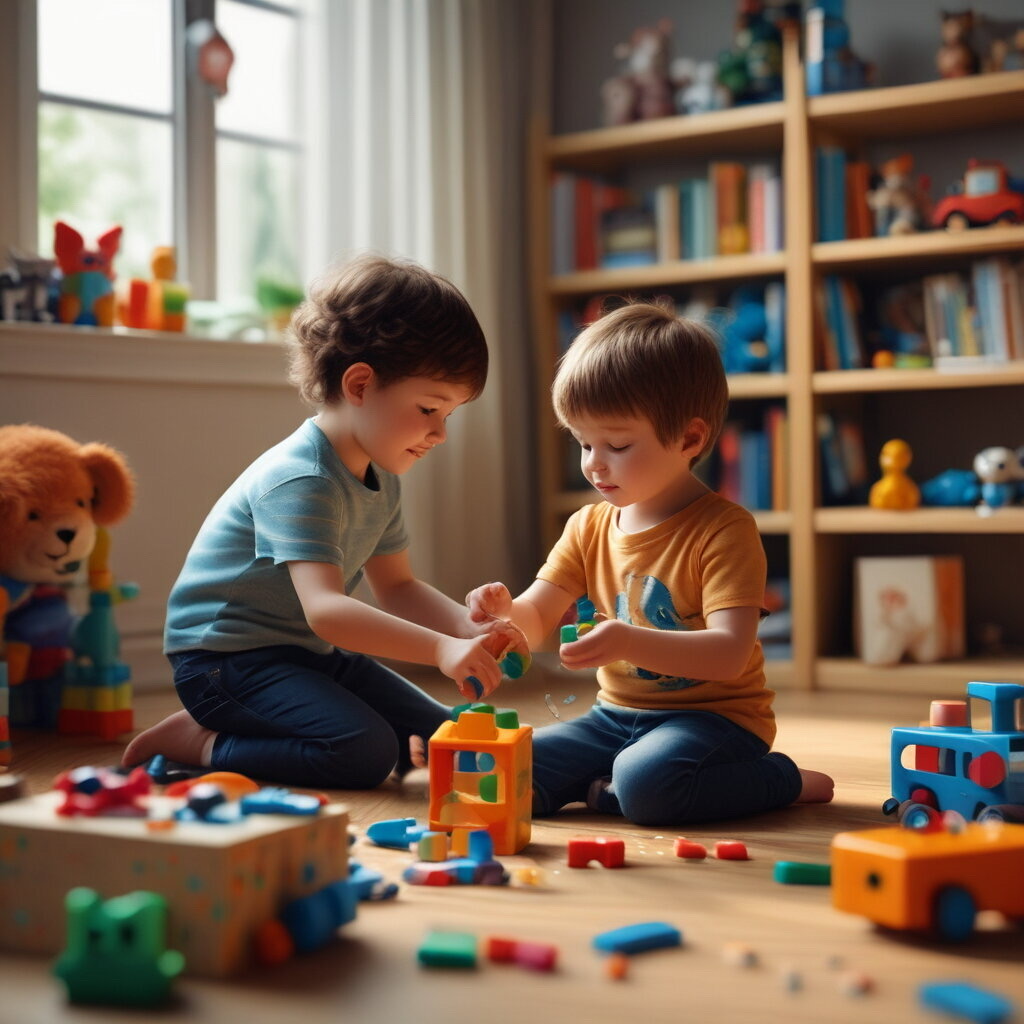Real-Life Success Stories: How Sensory Toys Helped Children with Autism

Introduction
- Overview of Autism and Sensory Needs
- Briefly explain autism spectrum disorder (ASD) and its impact on children’s sensory processing and emotional regulation.
- Importance of Sensory Toys
- Introduce the concept of sensory toys as beneficial tools for children with autism, leading to improved emotional and social outcomes.
- Purpose of the Article
- Highlight the focus on real-life success stories and testimonials from parents, caregivers, and professionals.
1. Understanding the Role of Sensory Toys

- Definition of Sensory Toys
- Define sensory toys and explain their purpose in stimulating various senses to aid children in self-regulation and engagement.
- Types of Sensory Toys
- Briefly list different categories of sensory toys (e.g., tactile, visual, auditory) and their intended uses.
2. Success Story 1: Emotional Regulation Through Sensory Toys
- Case Study: Liam
- Introduce Liam, a child with autism who struggled with anxiety and emotional outbursts.
- Implementation of Sensory Toys
- Describe the sensory toys introduced to Liam (e.g., weighted blankets, fidget toys) and how they were integrated into his daily routine.
- Results and Outcomes
- Discuss how the sensory toys helped Liam manage his emotions, reduced anxiety, and improved his overall mood and behavior.
3. Success Story 2: Enhancing Social Skills
- Case Study: Emma
- Introduce Emma, a child with autism who had difficulty engaging with peers.
- Implementation of Sensory Toys
- Detail the use of sensory toys like interactive games and social play kits that encouraged group activities.
- Results and Outcomes
- Explain how these toys facilitated social interaction, improved communication skills, and helped Emma build friendships.
4. Success Story 3: Developmental Growth
- Case Study: Noah
- Introduce Noah, a child who faced challenges with fine motor skills and cognitive development.
- Implementation of Sensory Toys
- Describe how toys like building blocks, puzzles, and tactile toys were utilized in therapy sessions and at home.
- Results and Outcomes
- Discuss the progress Noah made in motor skills, problem-solving abilities, and overall cognitive growth as a result of using sensory toys.
5. Success Story 4: Positive Experiences in Therapy
- Case Study: Ava
- Introduce Ava, a child who had difficulty engaging in traditional therapy settings.
- Implementation of Sensory Toys
- Explain how sensory toys were incorporated into Ava’s occupational therapy sessions to create a more engaging environment.
- Results and Outcomes
- Highlight how the use of sensory toys made therapy sessions enjoyable for Ava, leading to better participation and therapeutic outcomes.
6. Testimonials from Parents and Caregivers

- Collecting Insights
- Share several testimonials from parents discussing their experiences with sensory toys and their impact on their children.
- Diverse Perspectives
- Include a variety of perspectives, emphasizing different sensory needs and the unique benefits observed in each child.
7. Professional Insights

- Voices of Therapists and Educators
- Include insights from occupational therapists, speech therapists, or educators who have seen positive changes in children through the use of sensory toys.
- Case Studies from Professionals
- Share specific examples from professionals highlighting how they’ve integrated sensory toys into their practice and the outcomes observed.
8. Common Challenges and Solutions

- Addressing Potential Concerns
- Discuss challenges parents and caregivers may face when choosing sensory toys (e.g., overwhelming options, budget constraints).
- Advice and Recommendations
- Provide practical tips on selecting the right toys, including guidance from professionals and successful parents.
9. The Future of Sensory Play

- Continued Importance of Sensory Toys
- Discuss the ongoing need for sensory toys in supporting children with autism, as well as advancements in sensory toy design and technology.
- Encouraging Exploration and Adaptation
- Encourage families to continuously explore and adapt sensory play to meet their child’s evolving needs.
10. Conclusion
- Recap of Success Stories
- Summarize the key success stories and testimonials shared in the article, reinforcing the positive impact of sensory toys.
- Final Thoughts
- End with a message of hope, emphasizing that with the right tools and support, children with autism can thrive and develop essential skills through play.